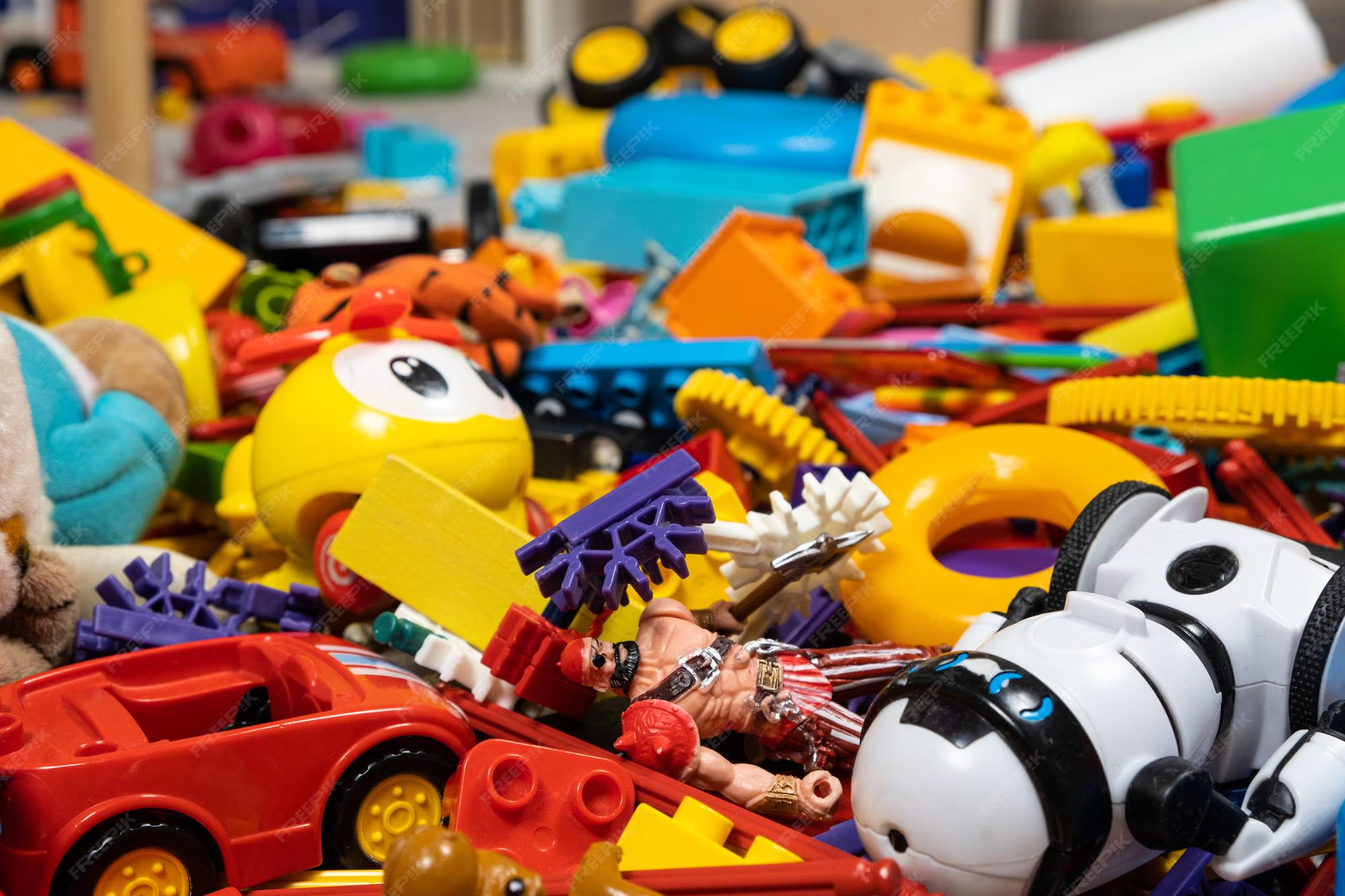
Written by Efrim C.
By next month, CCB will be distributing a revised version of the Parent Handbook to incoming families. Most changes in the new version are minor, but I want to give some attention here to one change in particular, as it represents a shift in our policy regarding toys from home.
The previous version read unequivocally, “we ask that toys, other than books and stuffed animals, remain at home,” and made no qualification about when or how these items may be used for play or comfort each day. The updated version replaces the earlier position with the following, “we recognize that bringing items from home often helps children to transition, adjust, regulate, and extend play in unique ways throughout the day . . . please be sure that any item from home is well labeled with your child’s first and last name . . . teachers are not responsible for lost or broken items.”
To expand on this this statement just a bit, I would add that, similar to other experiences we facilitate for our kids at CCB, home toys present children from toddler to preschooler opportunities to practice personal responsibility with a , cherished item, to share their interests with peers, express their identity with unique play items, and to contribute in very individual ways to the culture of the classroom.
Home toys can also be a platform for children to engage the values that CCB holds, for teachers to model center wide expectations, and can reflect the culture at large (such as super heroes, and tv and movie characters, for example) for children under the guidance of caring adults in age and developmentally appropriate ways.
I know from experience, and want to recognize here, that there are many reasons teachers avoid welcoming home toys in class, limit their use to the start or end of the day, use them as a reward to motivate desired behaviors, or to otherwise discourage or inhibit their use under most conditions. As teachers, we put a lot of intention and passion into crafting the learning environments that drive children’s experiences each day. The environment is not simply the physical space itself, although this is of course a major factor, but also includes our curriculum continuum, weekly lesson plans, flows of the day, and the expectations that we present our kids as they grow and develop with us throughout each program year.
I will not pretend that introducing toys from home does not have the potential to interrupt this environment in a variety of ways. As this shift in policy comes into play moving forward, we might find that children gravitate to their own toys rather than the items we have chosen to engage them in purposeful learning experiences. We will likely see caution, hesitation or an inability to share unique home items leading to conflict between children. Some children will become distressed when an item is misplaced, lost, dirtied, or broken – as may some parents. We may encounter some home toys that do not represent the values and culture of the Center. And many teachers may find the unpredictability that home toys bring to the room difficult to manage.
So, I want to present some initial caveats to our home toy approach. First, to be clear, play weapons of any kind will not be allowed at CCB. I believe that there can be value and a place for weapon play for young children, and this is an idea I may return to at some point, but CCB is not a place for that play to occur. Additionally, electronic devices, including battery operated toys, should be left at home. And toys that are larger than the child, such as riding toys or oversized stuffies, will not be allowed in the room.
And although home toys may, at least initially, slightly disrupt some environments as they are currently designed, we also have the knowledge, skill, and experience to successfully incorporate them into what we already do everyday. As teachers, we encounter similar situations throughout each day and know and are trained to use these moments to support social-emotional development, conflict resolution skills, self-soothing, and regulation in children, and to provide informative support for parents.
Ultimately, home toys will become one more learning center in our overall classroom and center environment. As such, home toys will be treated with the same guidelines applied to other play items in our rooms: is it being used safely? Is it age and developmentally appropriate? is it being used at a time of day consistent with the daily routine? And as each class itself is so unique, teachers can determine how best to incorporate and utilize home toys to support children’s learning in their rooms.
For example, some may choose times of the day when home toys are available, in much the same way that centers are open and closed throughout the day. Or teachers can come up with creative ways to incorporate home toys into lesson plans and encourage children and parents to bring toys that fit a theme. Some classes may add a show-and-tell time to their flow of the day, or create a home toy center in the room, and so on.
However they are used, I know that as this approach to home toys is embraced in the coming months and into the next program year, together we can ensure that home toys are one more tool we use to provide children with play, learning and developmental experiences that fit and flow with every other aspect of our day that embodies our CCB way.
Teachers and parents, if you have questions about this shift, or would like guidance or support in incorporating home toys into the day, or preparing your children to bring items to school, or anything else, please reach out to your Cluster Support person, Susan or myself.
As always, this is a dialogue, please share your thoughts, questions, comments, anecdotes, or disagreements.








